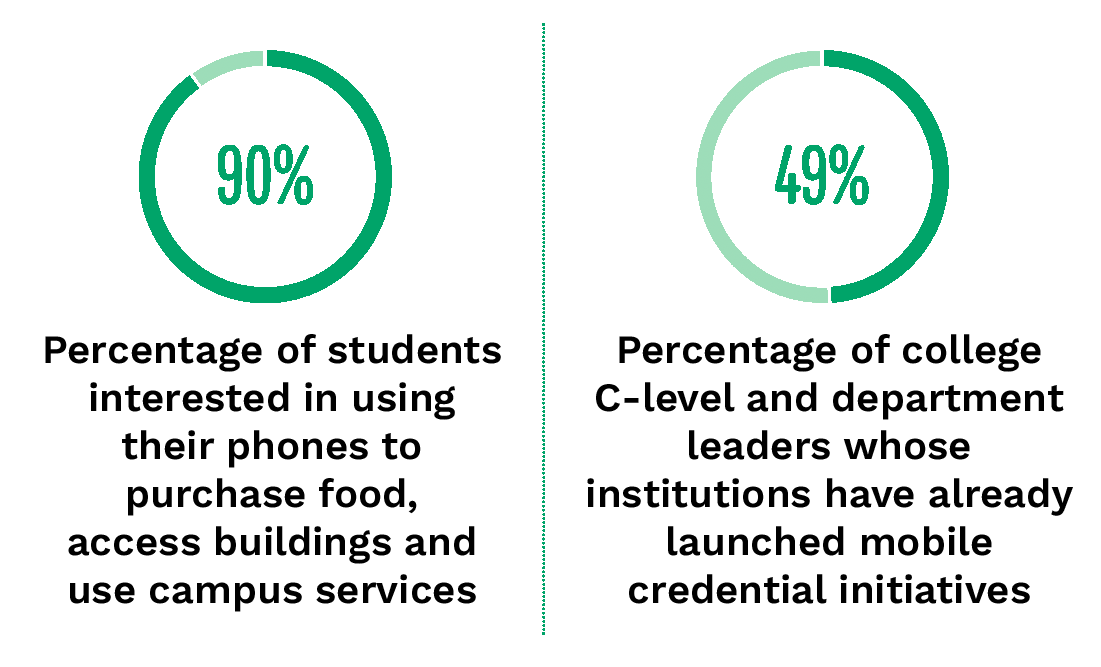PYMNTS Intelligence: Why Automation Is Mission-Critical for Campuses’ Future

![]() Higher education has come a long way from its ivy-covered image of the past. Universities have had to become digitally nimble to keep up with both students’ changing habits and life-changing world events. The pandemic not only required a massive shift to remote learning but also kick-started colleges’ and universities’ widespread adoption of online payment portals and cashless payment methods.
Higher education has come a long way from its ivy-covered image of the past. Universities have had to become digitally nimble to keep up with both students’ changing habits and life-changing world events. The pandemic not only required a massive shift to remote learning but also kick-started colleges’ and universities’ widespread adoption of online payment portals and cashless payment methods.
The result is that in just the past few years, college-related payments have made a dramatic switch from traditional paper-based and in-person methods to digital and mobile portals, with other advancements right on their heels. Students are now leveraging virtual school ID cards for everything from gaining access to campus buildings to paying for meals.
However remarkable, this transformation is merely the tip of the iceberg. Wider trends are rapidly bringing the future of a fully connected and automated campus into focus. As students grapple with issues ranging from college affordability struggles to cybersecurity threats to campus violence, technology will be an important differentiator for schools looking to draw the best students and ease their educational journeys. It will also be a lifeline for higher-ed institutions needing to find new revenue streams as larger demographic and economic variables shift.
Connected Campus Becoming a Reality
With smartphones having become college students’ preferred payment tool, colleges are looking to enable mobile transactions across the entire campus environment. In a survey, students rated their college app features in importance, ranking the top-four functions as making and managing payments; having a streamlined, all-in-one app; checking and updating finances; and using the app as a virtual ID card. However, more than half of students also cited getting refunds, class check-in, and building or door access as well, indicating the extent to which mobile automation is becoming an indispensable enabler of a secure and convenient campus experience.
Moreover, although students’ needs are colleges’ top priority, students are not the sole beneficiaries of this technology. Automation not only eases students’ everyday lives but also helps universities streamline operations, cut costs and increase cash flow. It further promises to provide a powerful differentiator to make colleges stand out in attracting and retaining students.
Automation as the Next Normal in Higher Education
Automation could be the key to unlocking secure streams of revenue for universities in the coming years as well. Dining services traditionally offer universities one of their most important revenue sources, but the pandemic brought home how fragile this source was. School closures during its early days forced many institutions to reexamine their financial models. In addition, universities are expecting a significant contraction in enrollment as the so-called demographic cliff — a sharp drop-off in the college-aged population — nears, beginning in 2025.
A new study revealed that almost half of surveyed college decisionmakers were undertaking initiatives to automate dining operations, both to create frictionless service for students and to offset the coming decline in dining revenue due to the demographic cliff. Among the initiatives being considered were off-campus dining venues, on-campus franchises, food delivery partnerships and self-service kiosks. Department heads saw these initiatives as their schools’ first priority.
“Just as many of our programs have adapted to both an on-campus and remote element, we are seeing many opportunities to use mobile technology to collaborate with our surrounding communities to provide dining services to our students in the years ahead,” Mike Henderson of the University of Tennessee at Knoxville said in a press release.

